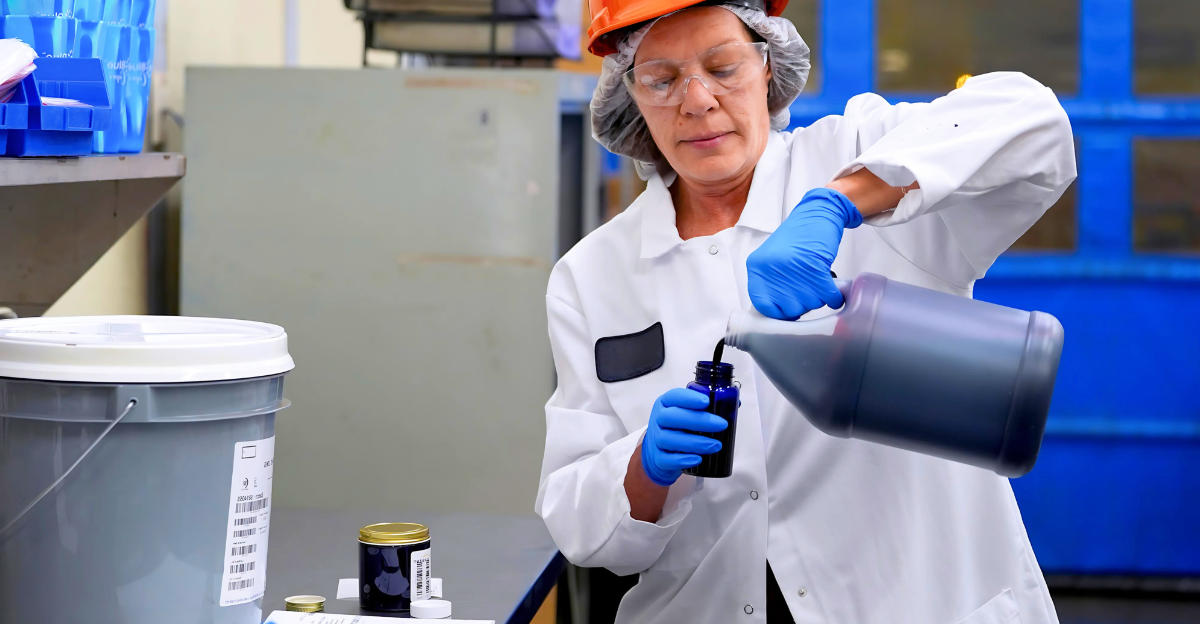
J.M. Smucker Co. – the Ohio maker of Smucker’s jam and Uncrustables sandwiches – announced it will remove synthetic food dyes from many of its products over the next two years. This marks Smucker’s latest pledge to phase out petroleum-based dyes, aligning with federal FDA health efforts to clean up the U.S. food supply.
The changes will hit items like sugar-free fruit spreads, ice cream toppings and certain Hostess-brand snacks by 2027. Smucker joins a growing number of food giants (General Mills, Kraft, Conagra, Nestlé and more) committing to natural colors, part of a major industry shift toward clean-label products.
Why Smucker is going dye-free

Smucker’s move reflects a mix of new regulations and consumer demand. FDA and HHS officials are phasing out several synthetic dyes on health grounds, with HHS Secretary R.F. Kennedy Jr. warning against “poisonous” petroleum-based additives. At the same time, shoppers and schools increasingly demand simpler, all-natural ingredients.
Smucker’s CEO Mark Smucker says the initiative is about delivering “on the expectations of our consumers,” underscoring the growing clean-label trend.
What shoppers will see in stores?
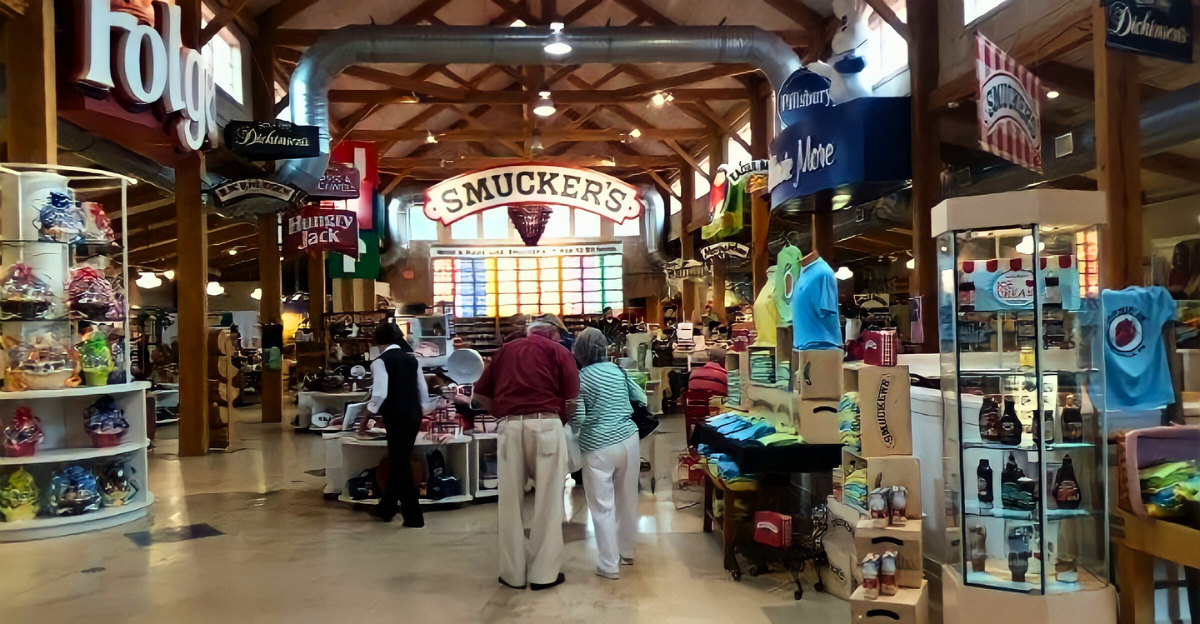
In practice, most Smucker-branded foods were already free of FD&C dyes, so the change mainly affects those few remaining recipes. But shoppers should still notice differences on the shelf. Over time, strawberry jam, sugar-free spreads and ice-cream toppings will gradually appear paler as bright red and yellow dyes give way to natural colorants.
Grocery shelves will start carrying “no artificial colors” labels on Smucker’s and Hostess products. The basic flavors won’t change, but attentive consumers will see cleaner ingredient lists.
Schools and restaurants adapt

Institutional buyers will feel the change quickly. Smucker says it will stop selling any dyed products to K-12 schools by the 2026–2027 school year, meaning school cafeterias nationwide will switch to dye-free jams and toppings. Other foodservice outlets – from cafés to concession stands – that use Smucker’s or Hostess items will also adopt the new recipes. Even if menu names stay the same, labels and product hues may subtly shift as artificial coloring is replaced with vegetable- and fruit-based alternatives.
Alternative ingredients on the rise
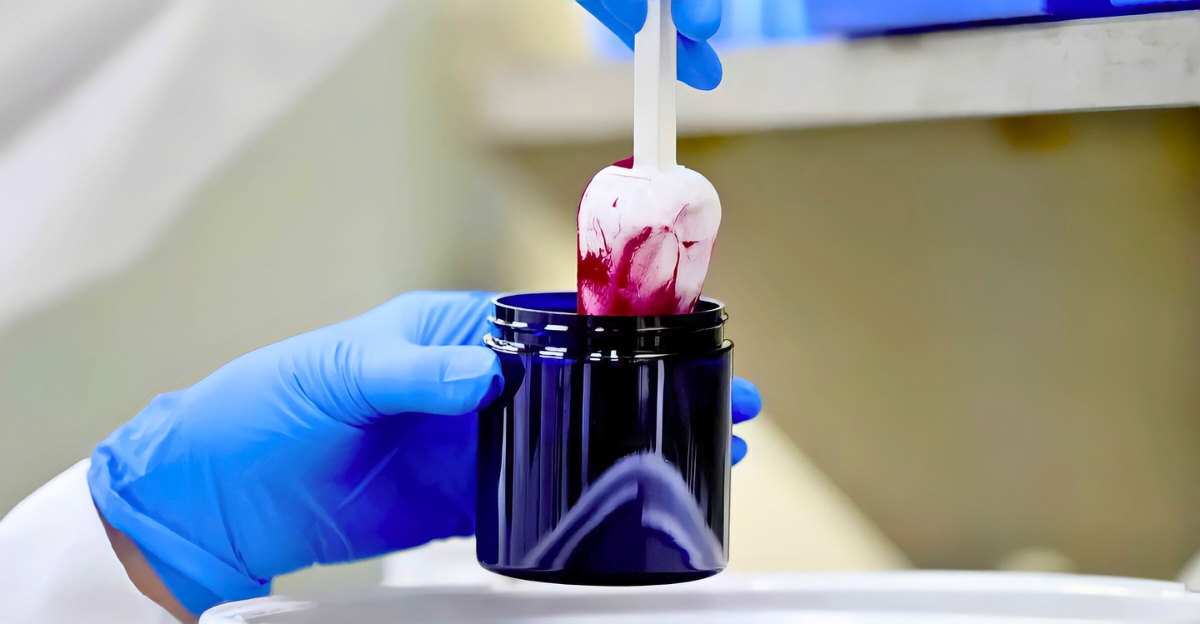
The color shake-up isn’t limited to jams. Beverage and snack makers are racing to reformulate, too. PepsiCo’s CEO has said the company is cutting artificial ingredients across its portfolio, and seasoning companies like McCormick are working with foodmakers to remove dyes. In practice, foods like sodas, sauces, cereals and candies currently tinted with Red 40 or Yellow 5 will need plant-derived replacements.
Ingredient suppliers and startup brands offering plant-based colorants stand to gain as demand surges.
Aligning with global standards
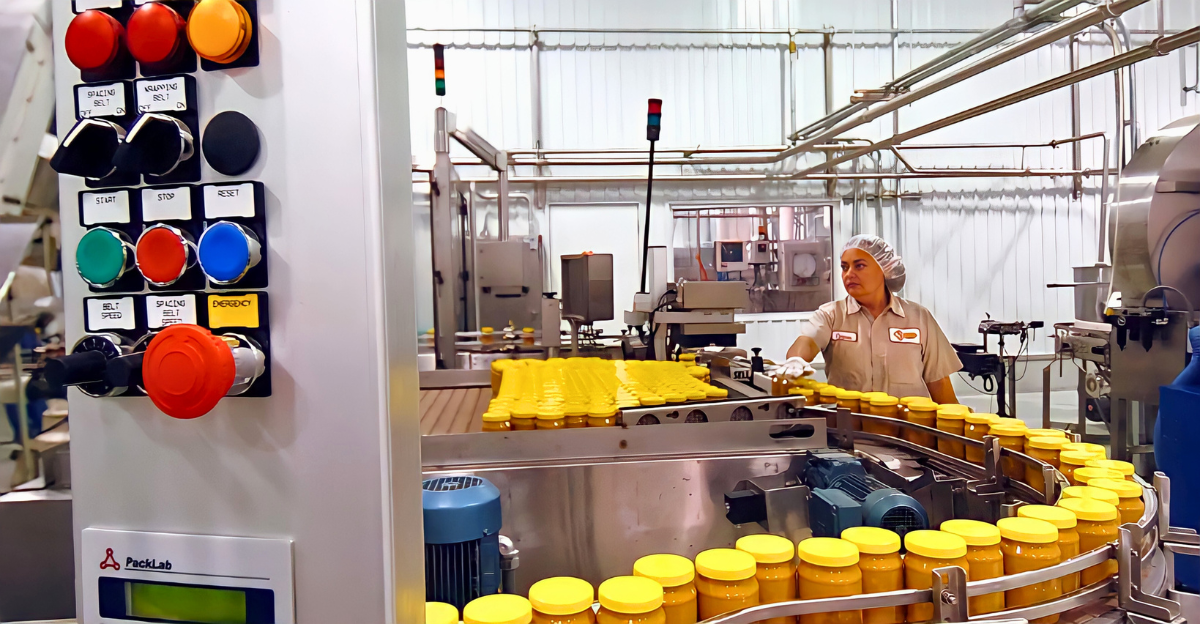
On the global stage, removing these dyes brings U.S. standards closer to Europe and Canada. FDA Commissioner Marty Makary says American children should have ingredients “as they already do in Europe and Canada”. Many of the dyes Smucker is phasing out have long been banned overseas, so U.S. products will now align with international norms.
That may boost exports of American brands (which now meet stricter foreign rules) and prompt global suppliers of natural pigments to expand their businesses.
Opportunity for natural-ingredient suppliers
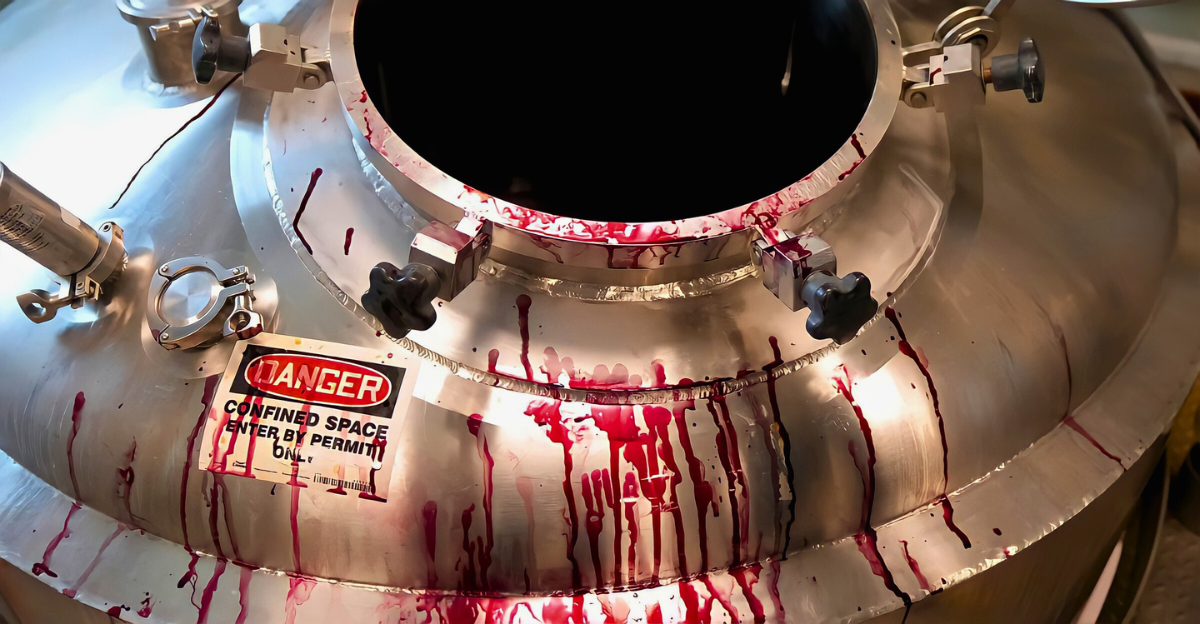
Some farmers and ingredient companies see potential upside. The FDA is fast-tracking new natural color additives – from blue pigment in butterfly pea flowers to red pigment from cultured microbes – to replace the old dyes. That could drive demand for crops like beets, annatto and turmeric, whose pigments produce vibrant reds, yellows and oranges. Agricultural researchers note that these botanical colorants can add nutritional value as well as color.
Over time, chemical dye manufacturers may face declining sales even as organic farmers gear up to meet the new demand.
Government and policy angle
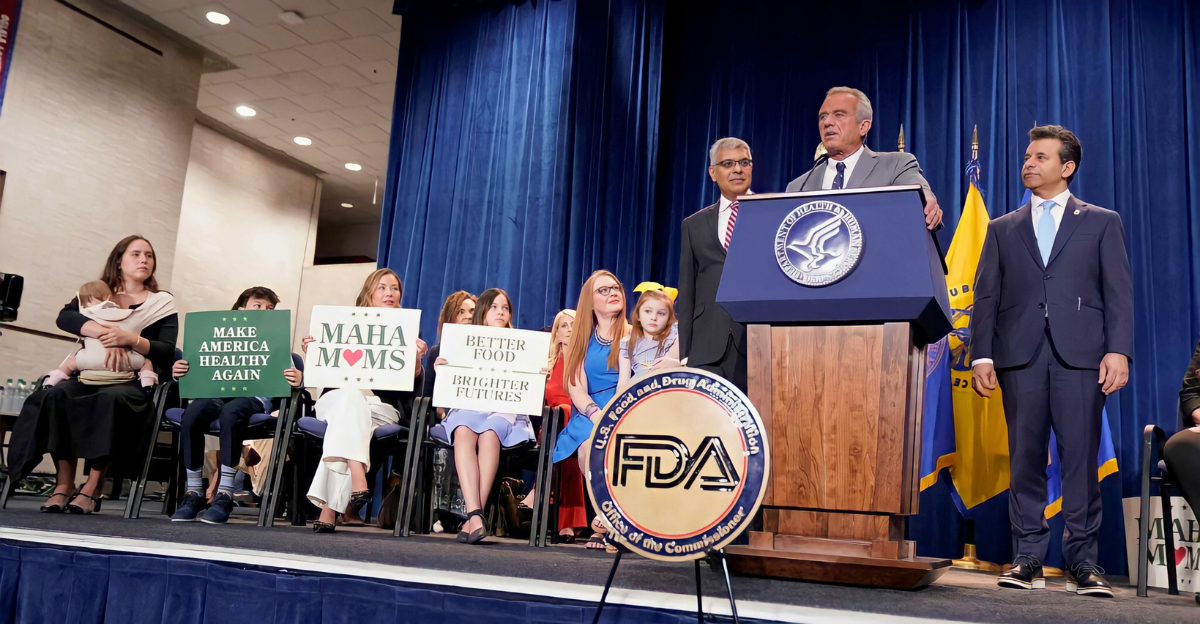
The federal government is also stepping in. In April, the FDA announced a plan to phase out all synthetic food dyes by a set deadline, as part of a public-health push dubbed “Make America Healthy Again”. Agencies say they will help industry transition by speeding approval of natural alternatives. Some legislators (especially from farm states) are already discussing incentives or support programs for companies adapting to this change. The upshot: the dye phase-out is moving from recommendation toward firm policy.
What consumers can do
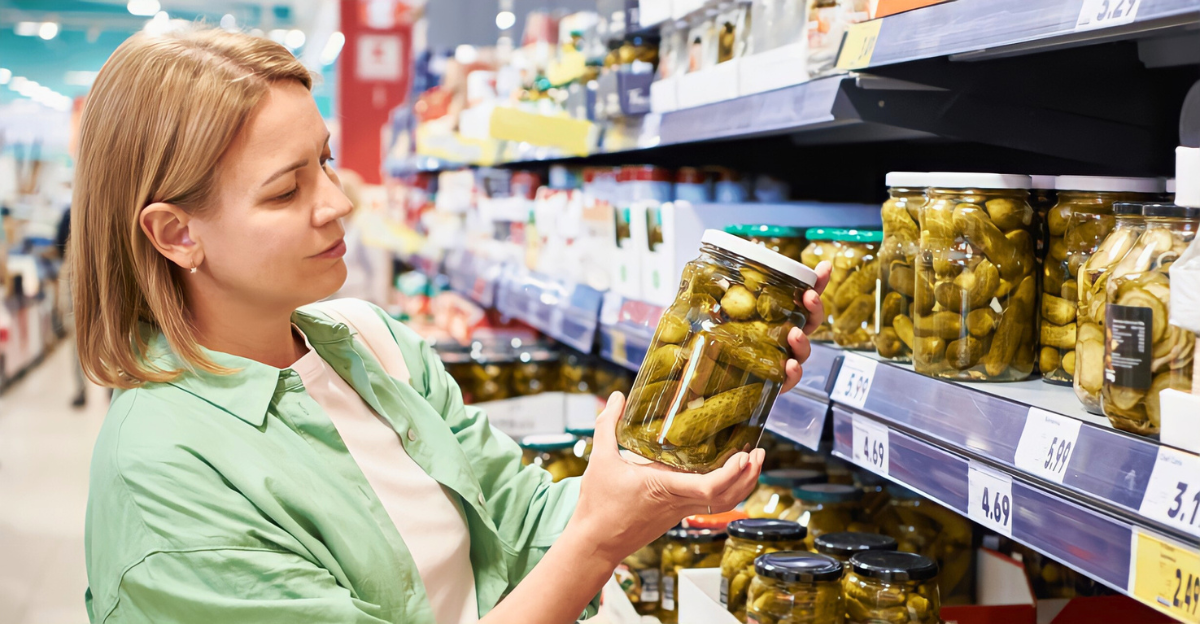
Consumers are advised to start checking labels now. Look for or avoid names like “Red 40” or “Yellow 5” on ingredient lists. If a favorite Smucker product reformulates, consider stocking up on the old version (freezing extras if needed) or trying alternative brands that already use no artificial colors. In general, products branded “no artificial colors” or with simple ingredient lists (fruit, nuts, grains, spices) will help you avoid any transitional hiccups.
The bigger picture
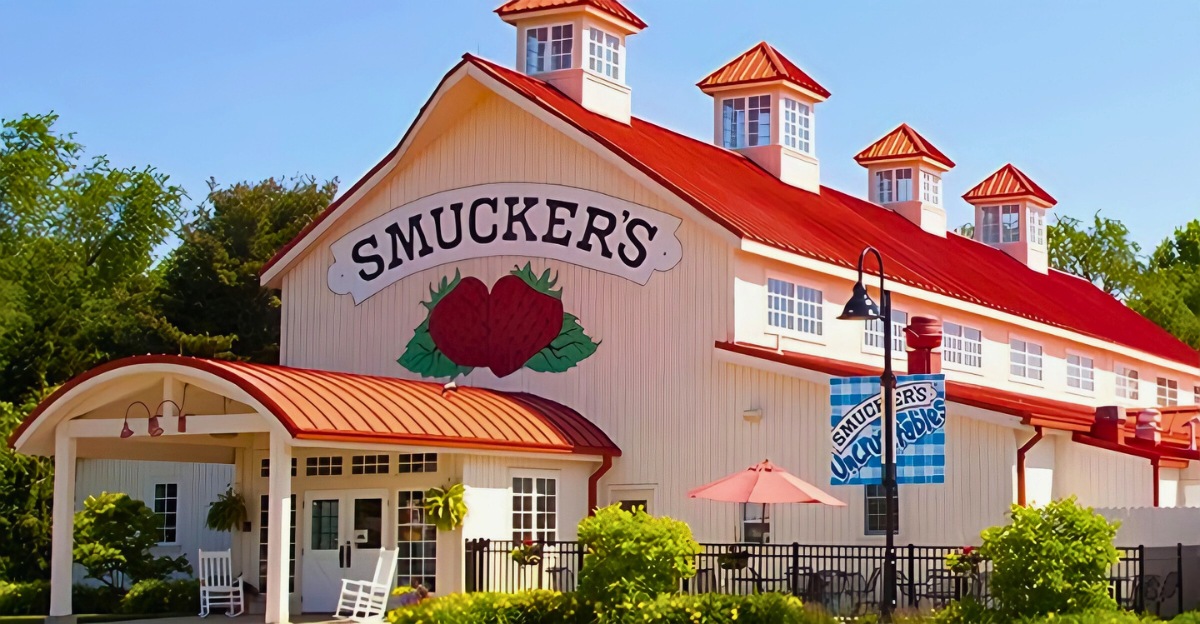
Smucker’s announcement is far from a one-off – it caps a wave of changes sweeping the food industry. When one big brand goes dye-free, others and their suppliers usually follow. That means new formulations across sauces, snacks, cereals and more. Analysts say the message is clear: synthetic colors are going out of style, and both companies and consumers are adjusting. What began with a spoonful of jam is poised to affect the entire pantry.
